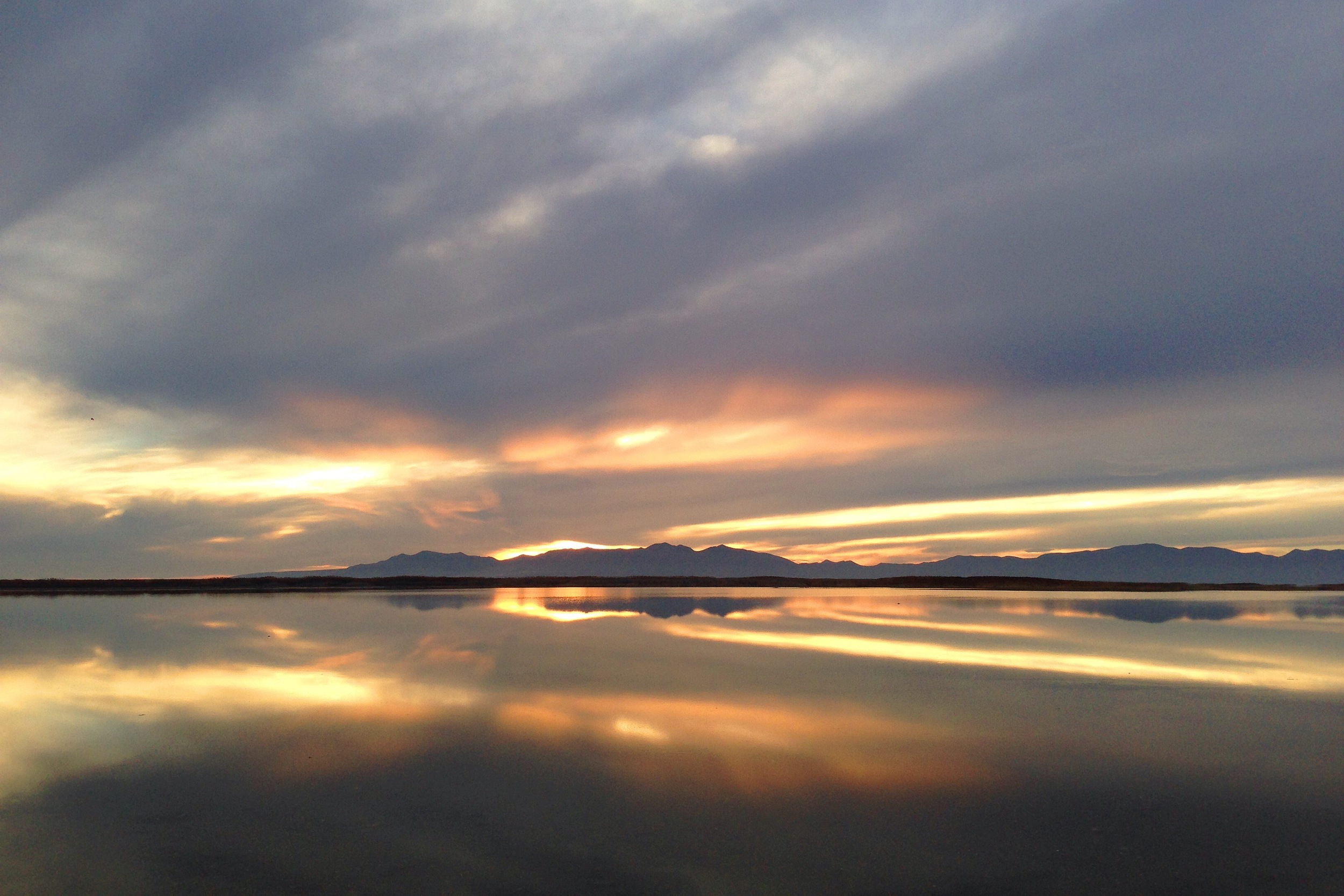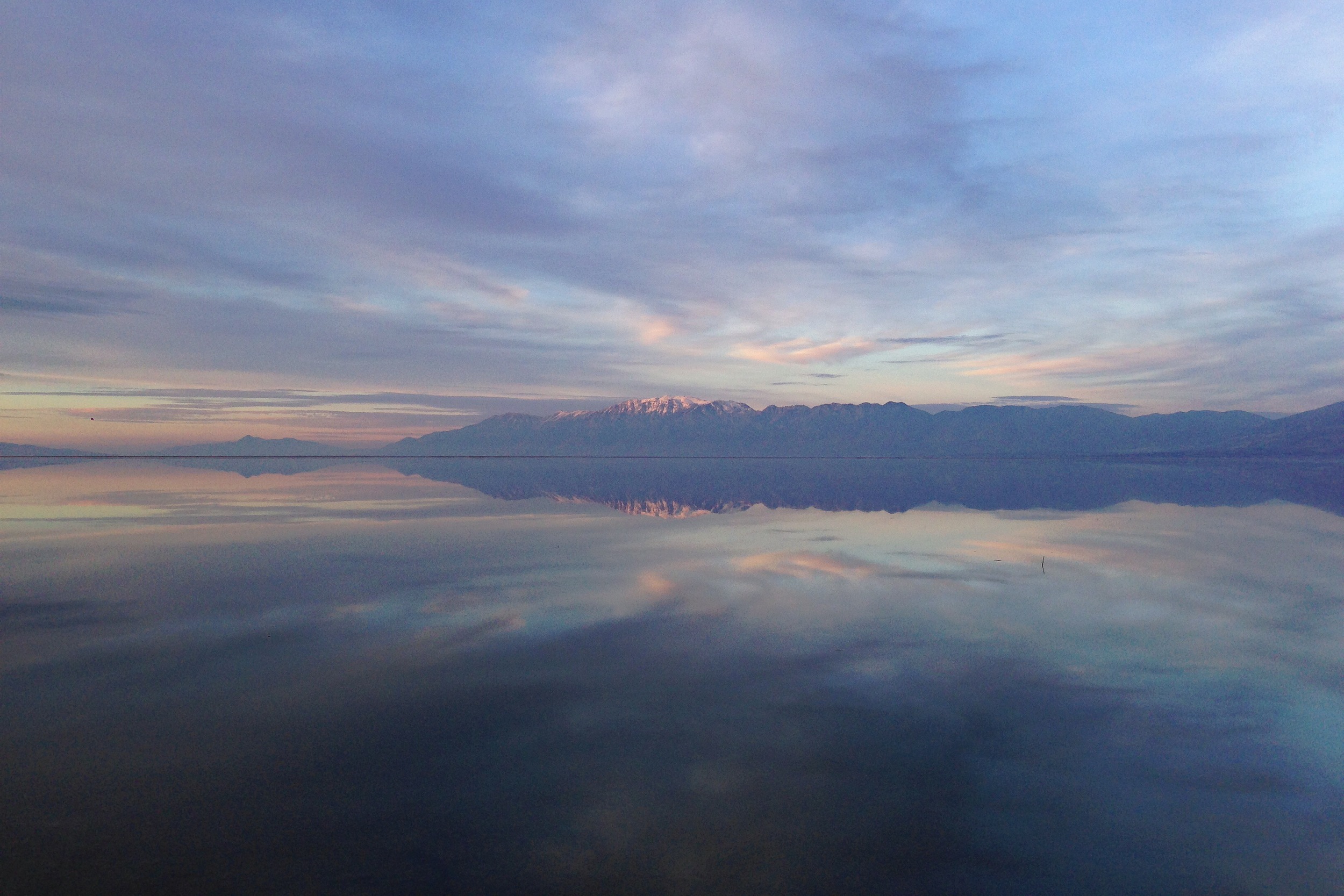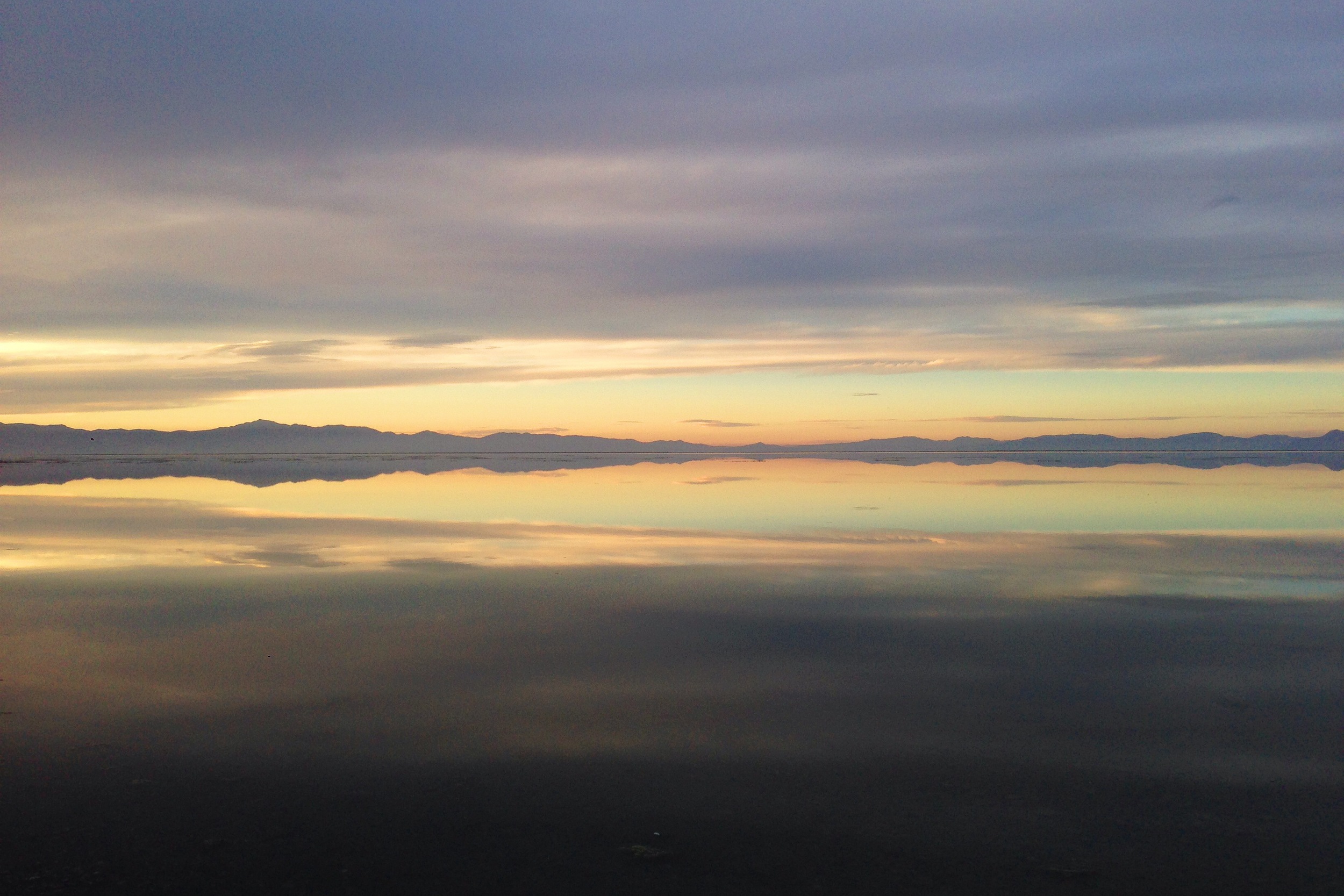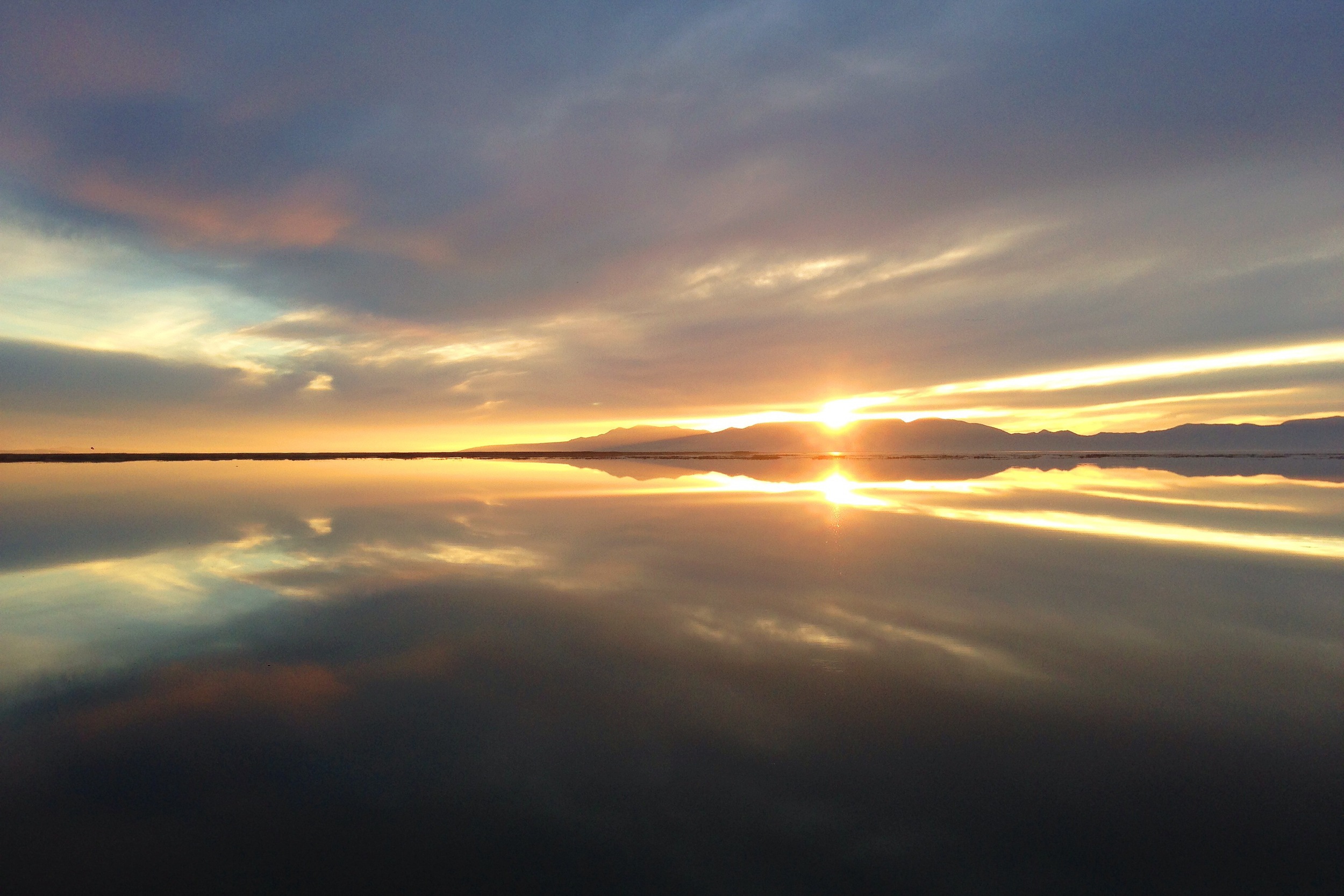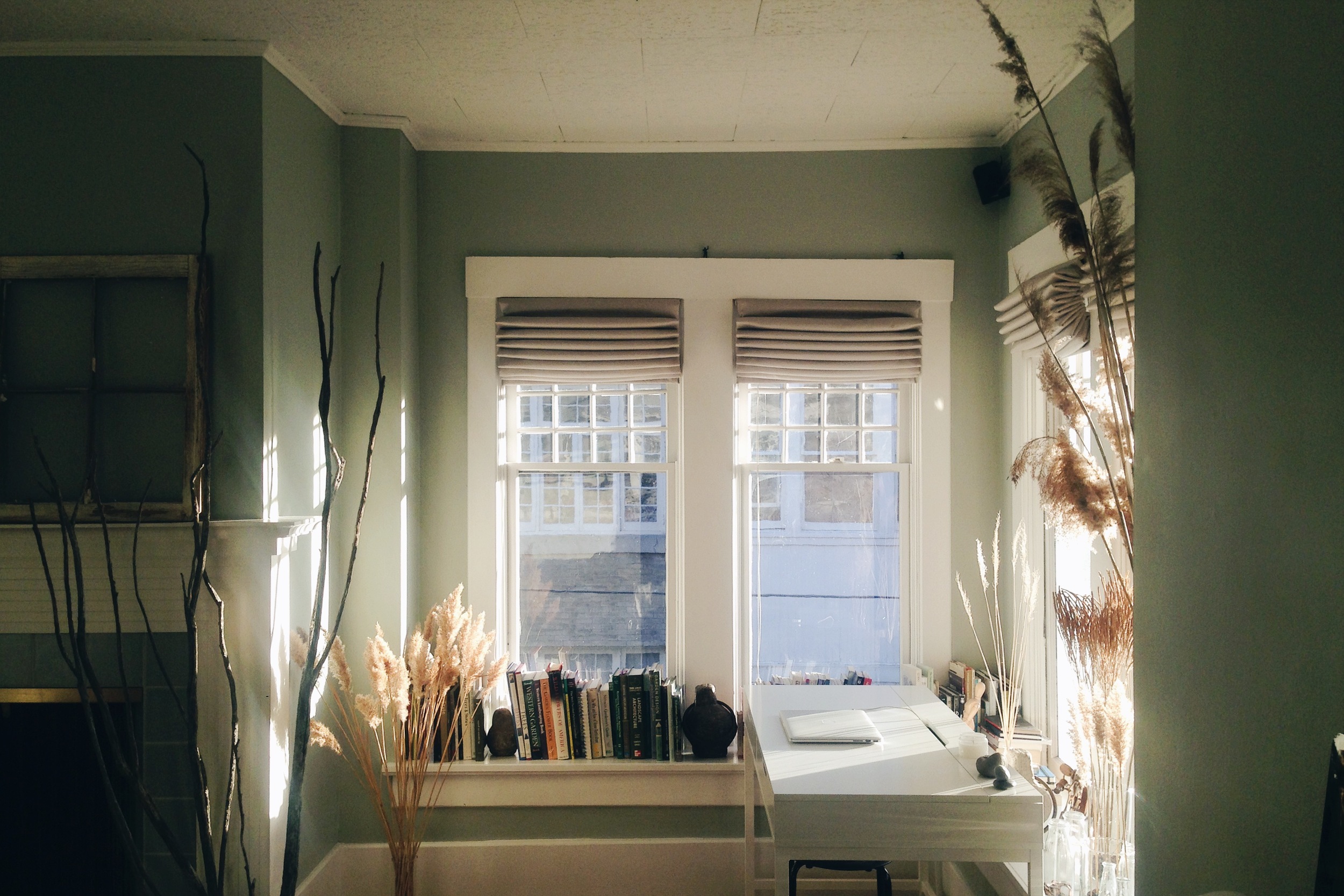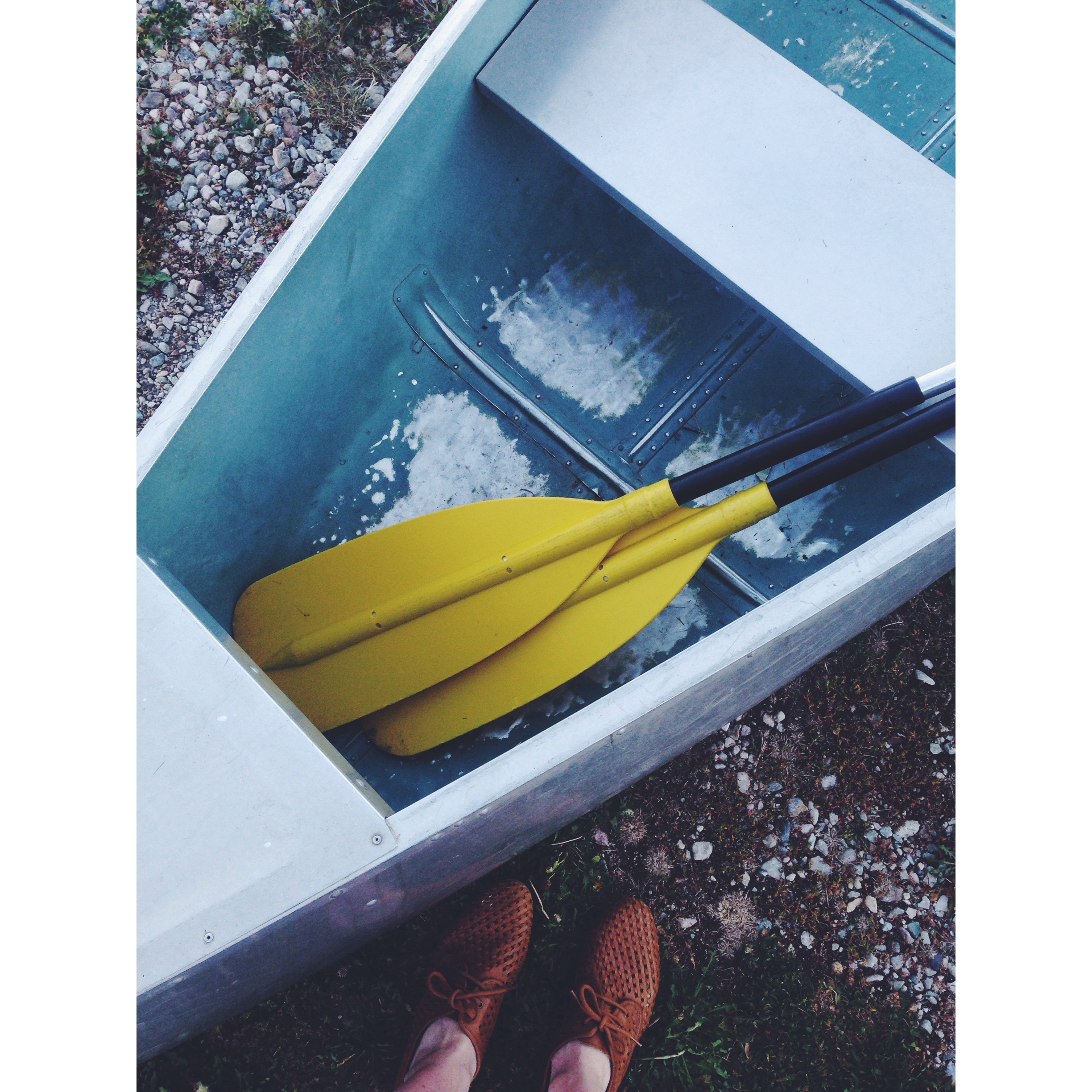When I was a young girl we had a large hillside behind our house which was covered in tall wheat-like grass. Here we could run, hide and explore. At the top of that hill was a very large and open field (an old buried dump site we could sometimes find treasures in) and if you walked far enough south you came to a lone cherry tree from an old orchard that provided us with sweet eats in the summer months. To the back side of our house there was a gully which we called The Back Fence - a city-owned easement completely full of palm trees. Of course, being in Utah - they were not palm trees at all. But to me they were and I had a jungle to play in everyday. Monkeys lived in the trees. But of course, they didn't really.
I had terrible allergies growing up - and everything outside our back door made my eyes go red, puff up, and itch like mad. My throat would swell up and be scratchy and my nose ran badly. But I didn't care. I went out anyway. There were too many lives to live - too many worlds to explore.
In The Fields there were a few large tangles of barbed wire piled into a mess - must have been left over from the dumping grounds. There was a particular one - our favourite one - which we dubbed as Big Mouth because there was a large piece we could pull up like an upper lip then crawl into the space behind as we stepped over the lower lip. We would hide inside this mess of pokey wire to feel protected and enclosed - somehow we never came out bleeding.
The two main trails leading from the base of the hill to the top had names. The dominant sweeping half-circular trail was the Jolly Roger. The one further north was the Spanish Main.
Off the Spanish Main was The Time Machine - a large old log pointing downhill with a wide enough girth to hold three, maybe four of us. We spent many hours playing on this old tree trunk, gripping the worn down branch stubs, and riding the waves of wheat as the wind moved across the fair fields. Right next to the Time Machine was The Quarry. Here the hillside indented and was filled with a massive pile of rocks which hid old glass bottles. We found some neat items in those rocks. And some neat rocks.
Spring was signaled by the first sprouts of green at the base of the hill and on those lion-lamb days we flew kites on the crest. Summer was full-throttle expeditions hoping that dinner was delayed just a little bit longer, and that we could retreat to our imaginary worlds afterwards until dark. As we moved into Fall it was transformative to watch the mass of golden wheat heads move rhythmically in the wind before the white flakes of Winter fell - matting down the golden shafts and providing the best sledding hill we could have asked for. Sometimes tunnels were built.
There was no fence or barrier between the boundary of my parents property and these other worlds where my younger siblings and I played in most days. And though we definitely grew up in suburbia Utah - and had all the benefits of a friendly butter-and-sugar-borrowing neighborhood where riding bicycles around the block was also a constant - we also had this incredible connection to a non-structured space and time where we could play out our imaginations. Nothing was as it was. Even our days spent on the swing set wasn't that - it was a large ship! Jumping on the trampoline was anything but jumping on the trampoline. Instead there were waterfalls and pools made out of crystals with greenery in luscious abundance. We were creative - we used our imaginations - anything was possible. We pushed "reality" away and created our own.
Now, as I develop and explore my identity as a landscape and garden designer - I draw from my precious childhood memories to understand who I am, where I come from and where and how I "became". I love and hold dear the spaces that we defined, that in turn - defined us. There was such freedom in those days.
I want to capture and create this freedom and looseness in my designs. Less formal hedges, more loose grass. Less manicured lawn, more dirt to make mud pies and watering holes with. Less "don't you dare pick the flowers", more handpicked bouquets for the dinner table or for mom on Mother's Day (even if they are weeds). Less boundaries, more exploration.
Do we allow ourselves to have enough unstructured hours in our weeks and months? Do we play enough? And not just our children, but we ourselves? I believe that our gardens and landscapes can pull this out of us if we let them be a bit "unstructured" as well.
Now the hillside of tall grass is gone including Big Mouth, many trees have been taken out of the Back Fence and there is a fence on the boundary line. The Time Machine was hauled off, The Jolly Roger and The Spanish Main plowed over. On the top of the hill are condominiums filled with people who will never know what worlds they are built on. But we still remember.
It's where we played. It's where we became.
And that will never leave us.

